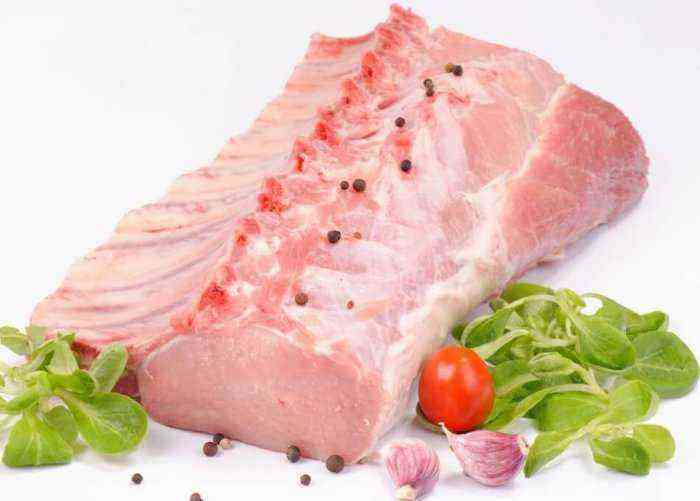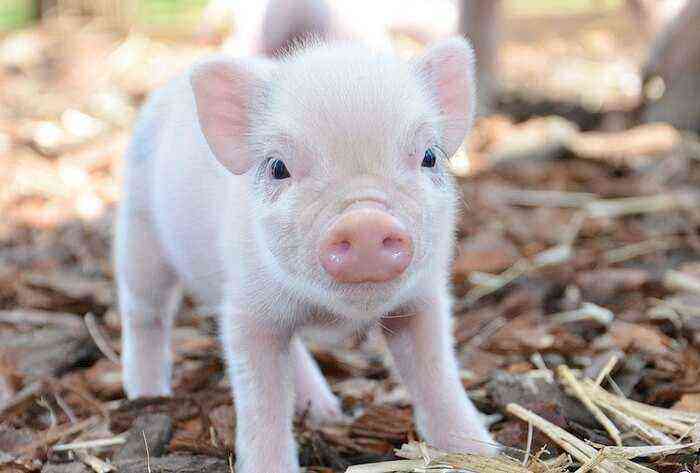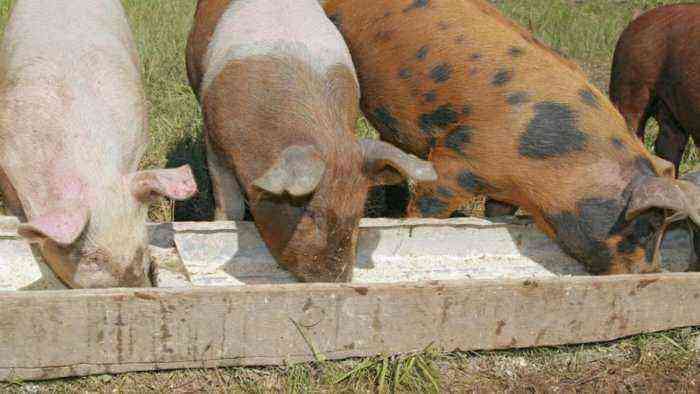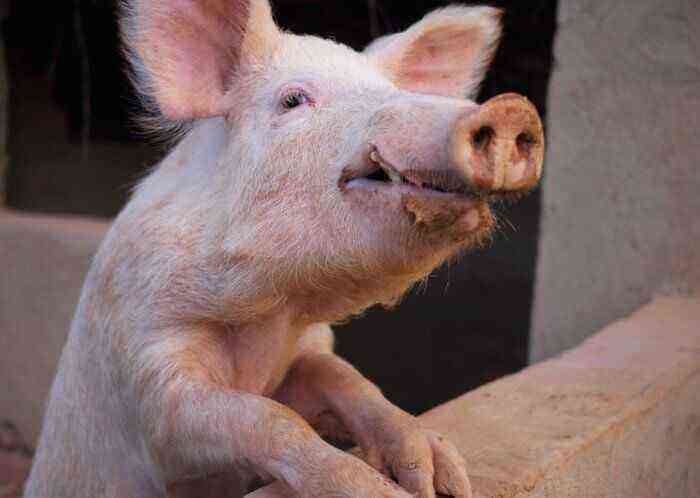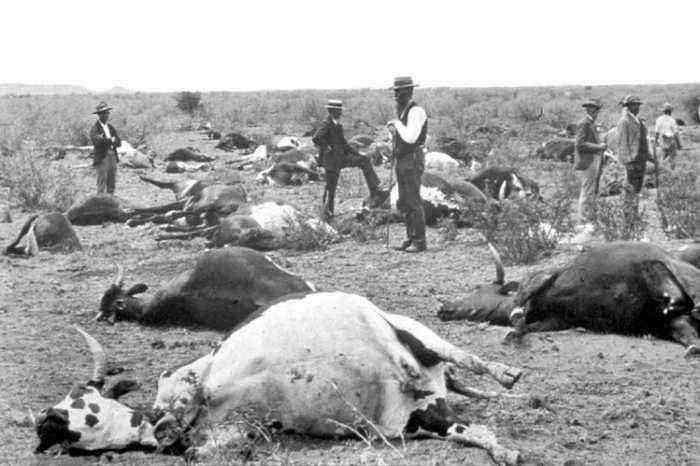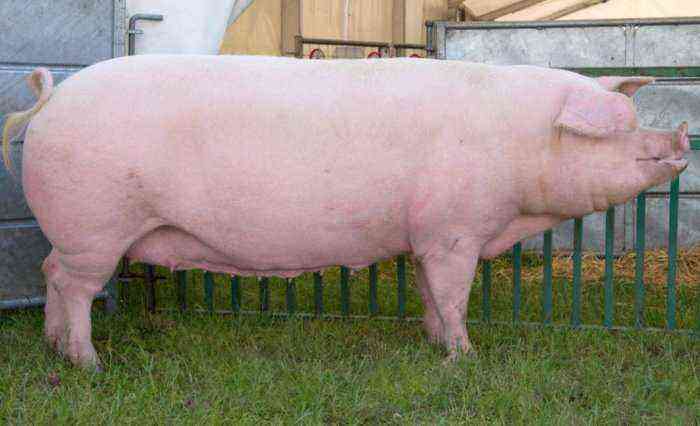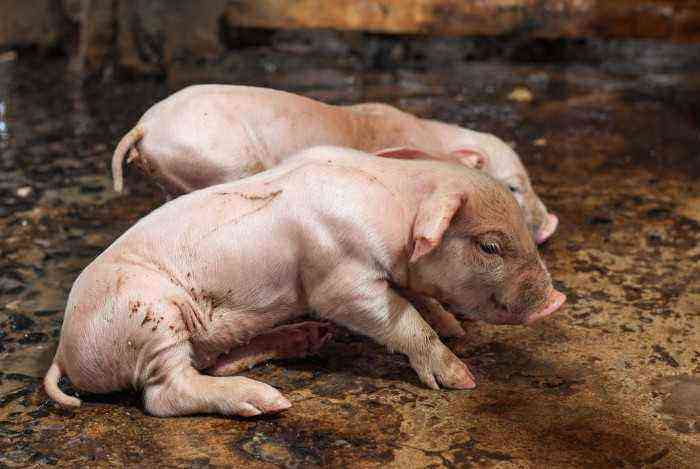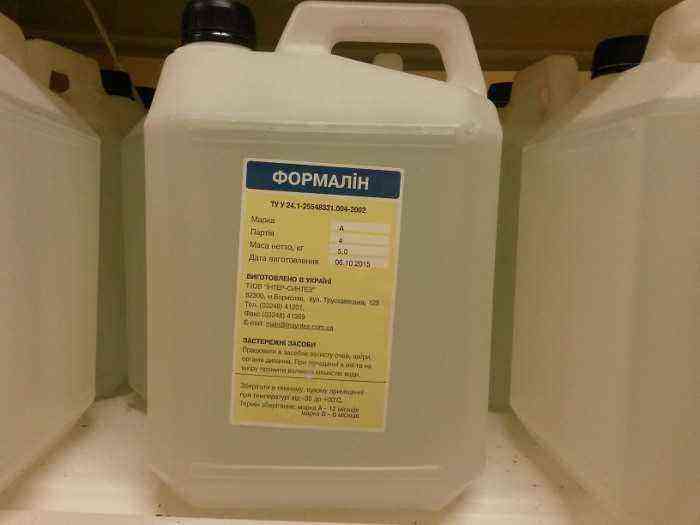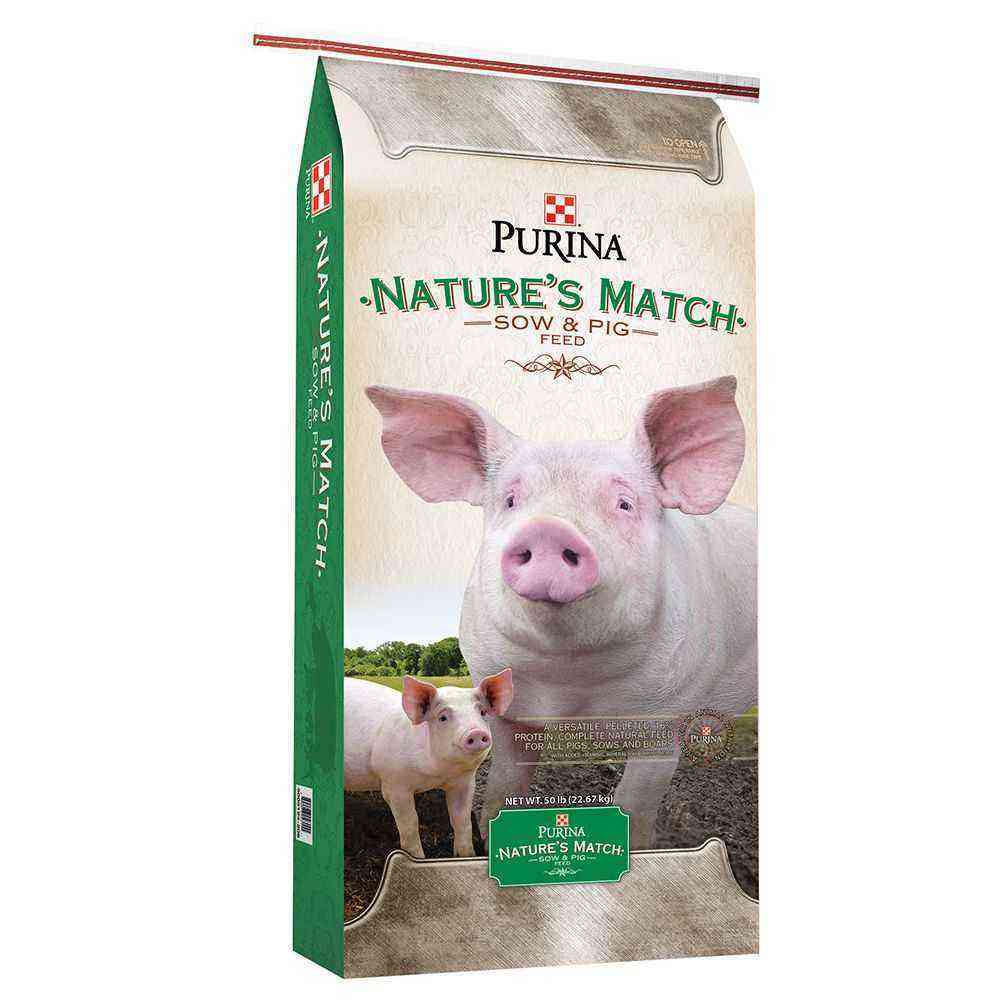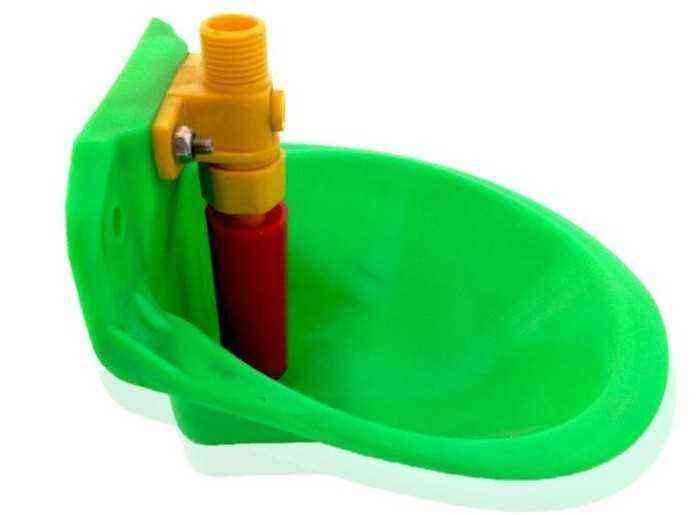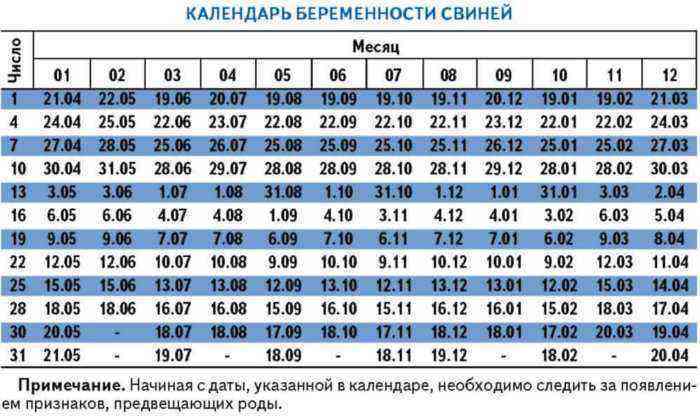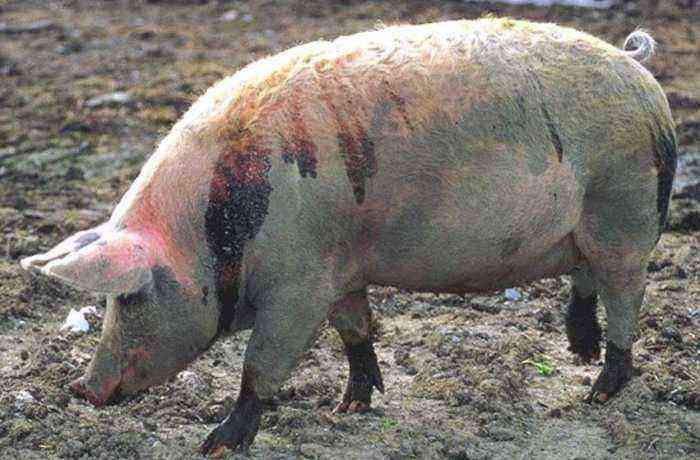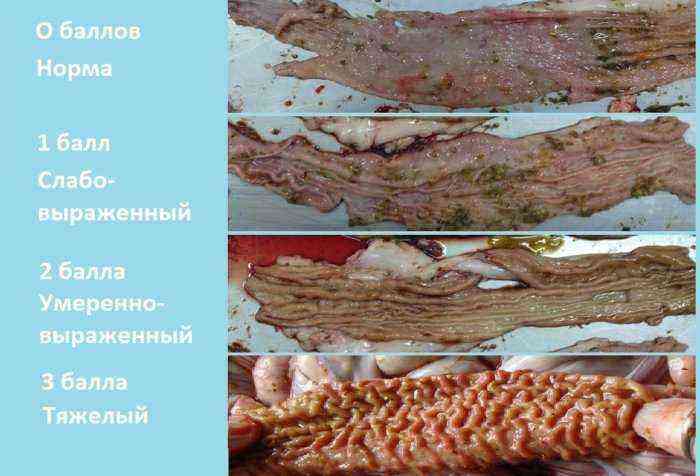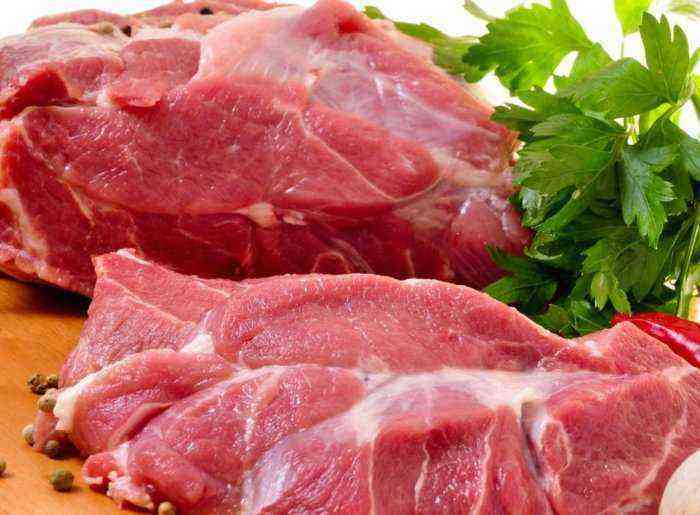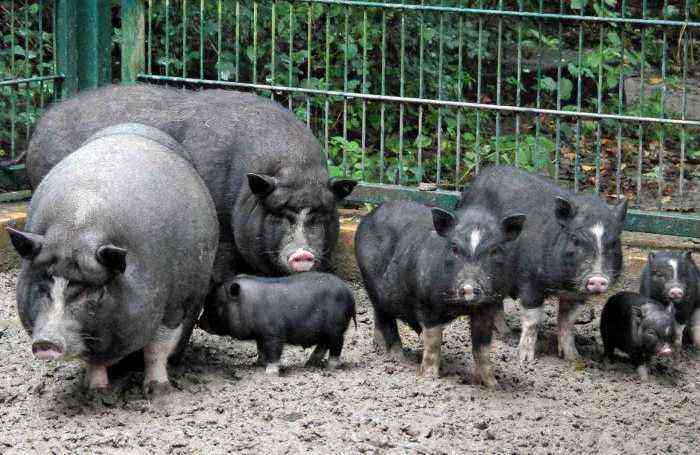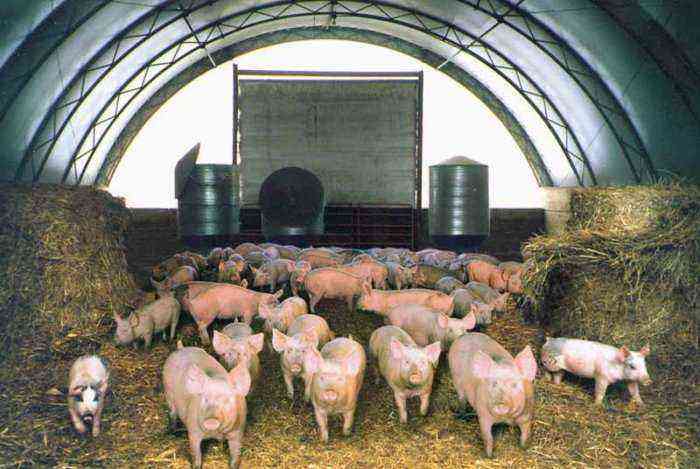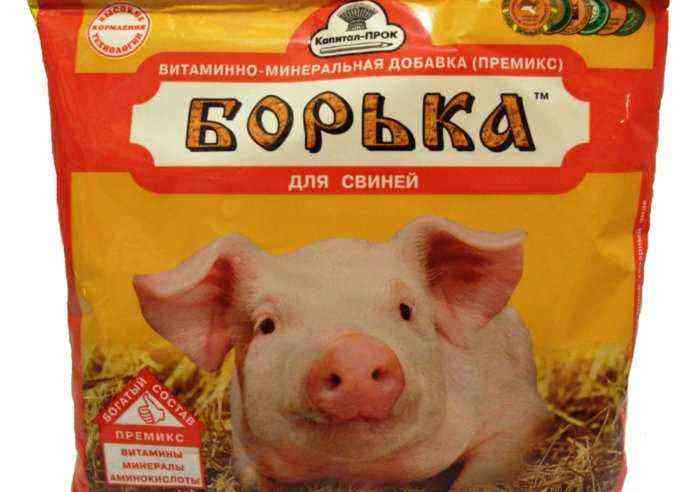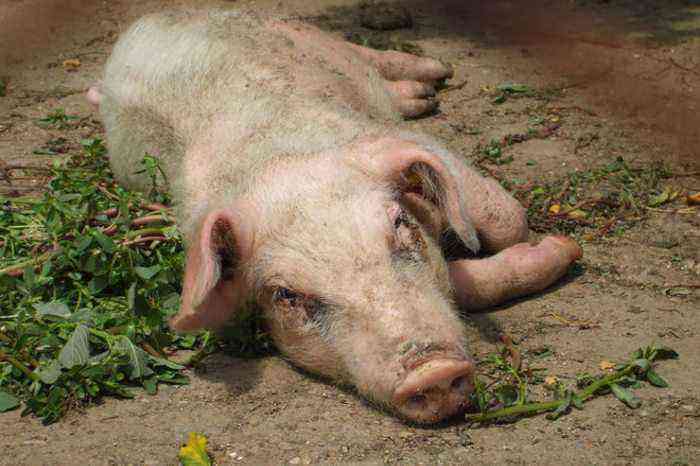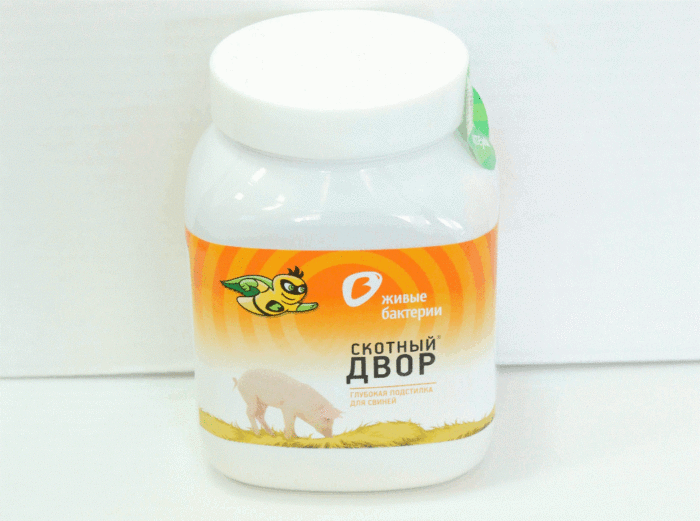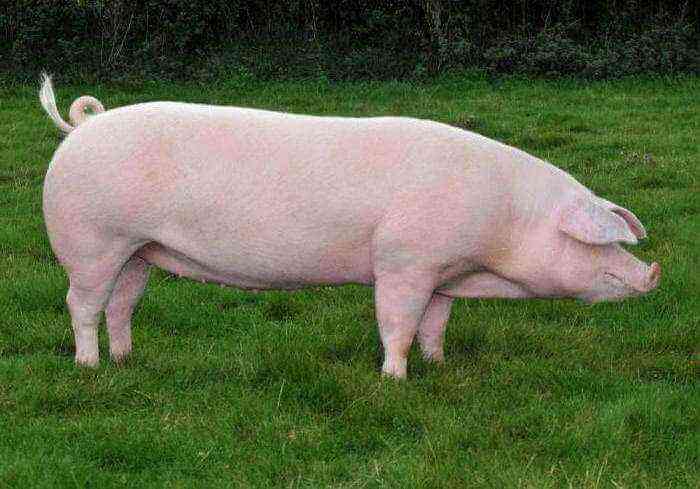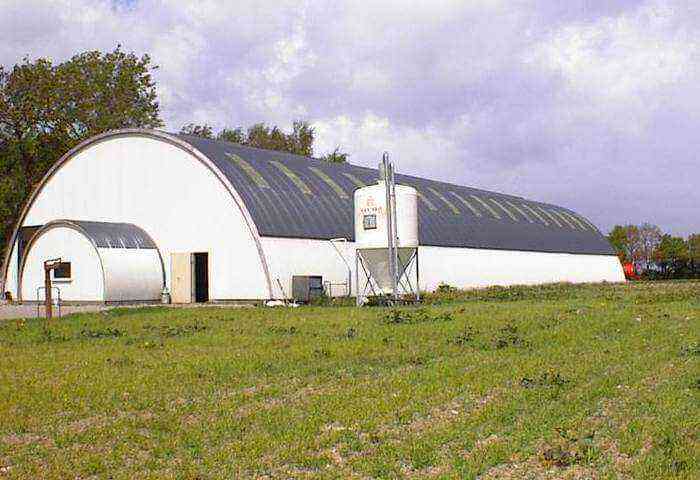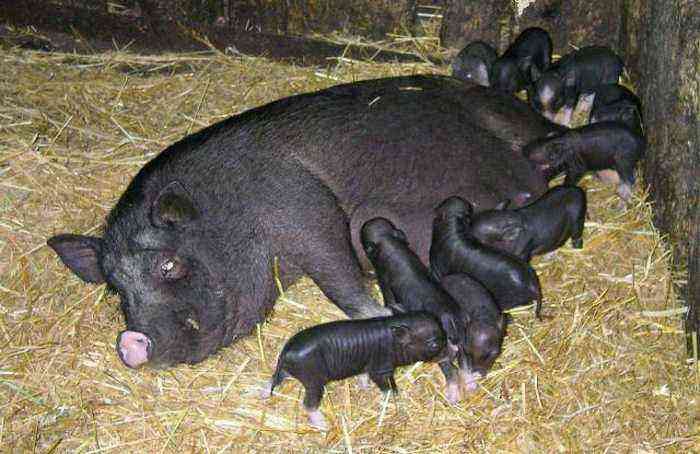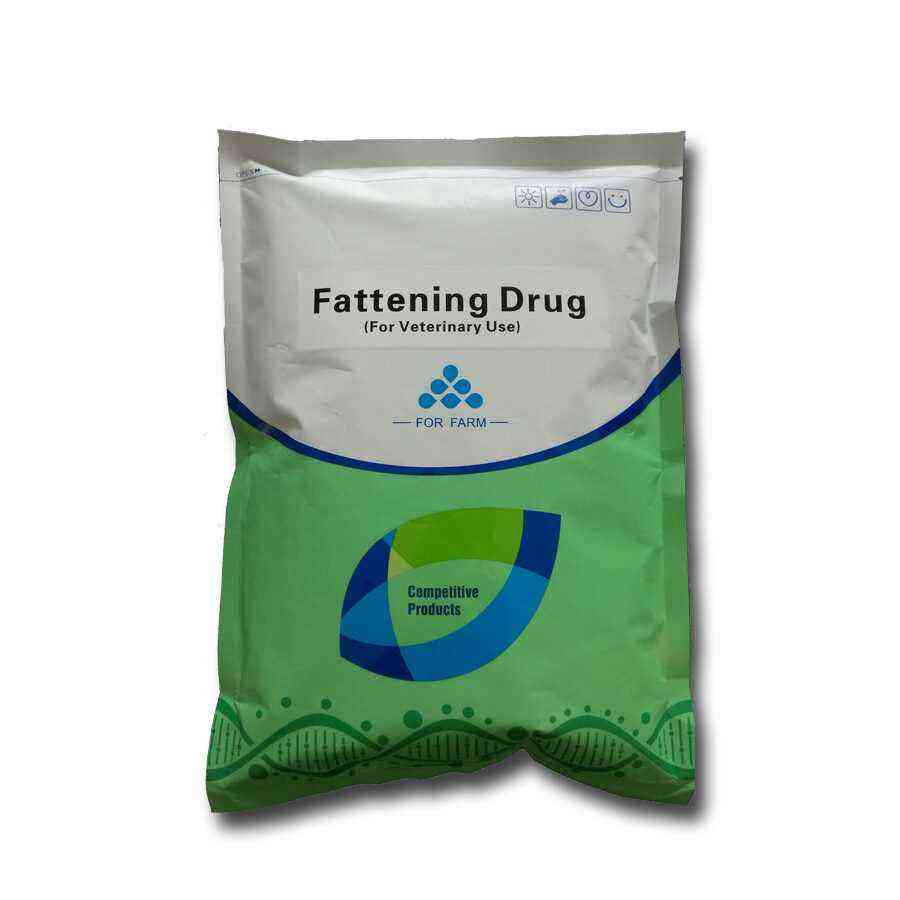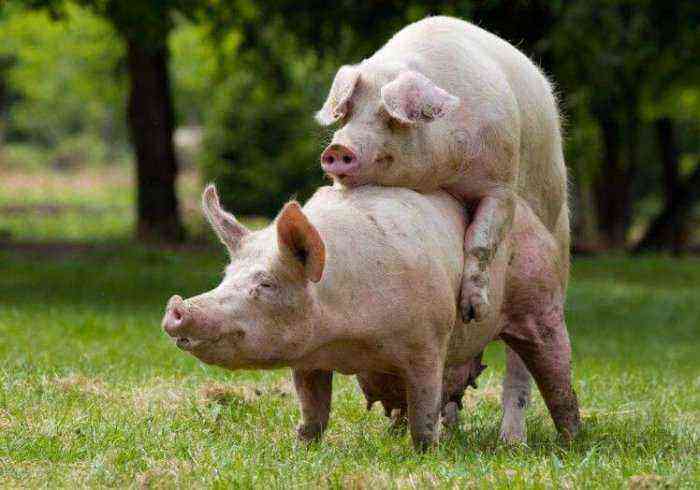Childbirth in Vietnamese pigs usually proceeds without complications. These animals know how to take care of their offspring, but the presence of the farmer during farrowing is still necessary. It is important to know how to prepare for this event, what conditions need to be created for the newborn and the female, how to care for the uterus and offspring after farrowing. But first you need to make sure that the sow is pregnant.
Pregnancy of Vietnamese pigs
How to determine the pregnancy of a pig?
The mating of pigs does not always lead to fertilization, however, all farmers want to know as soon as possible whether the female has gestation. There are several ways to determine this – with the help of a veterinarian and on your own. If it is not possible to call a specialist to the farm, watch the sow. Changes in her behavior will tell if she is pregnant or not. Consider the signs by which you can determine the pregnancy in pigs in the early stages:
- If the fertilization of the female has occurred, her hormonal background changes, this is reflected in her behavior. The sow becomes calmer, her movements are smooth and careful.
- The animal has an excellent appetite, the female eats more than usual.
- Approximately 5-7 days after fertilization, a curdled secret is released from the vagina.
Such diagnostics cannot give one hundred percent certainty in the onset of pregnancy, but still it helps many farmers to make a preliminary conclusion about the condition of the sow. Clinical studies will be more accurate:
- Rectal examination by a veterinarian.
- Ultrasonography.
- Biopsy.
- Venous blood pregnancy test.
- Doppler diagnostics.
The most common method is still veterinary examination.. It allows you to determine pregnancy with high accuracy already 3 weeks after the fertilization of the female.
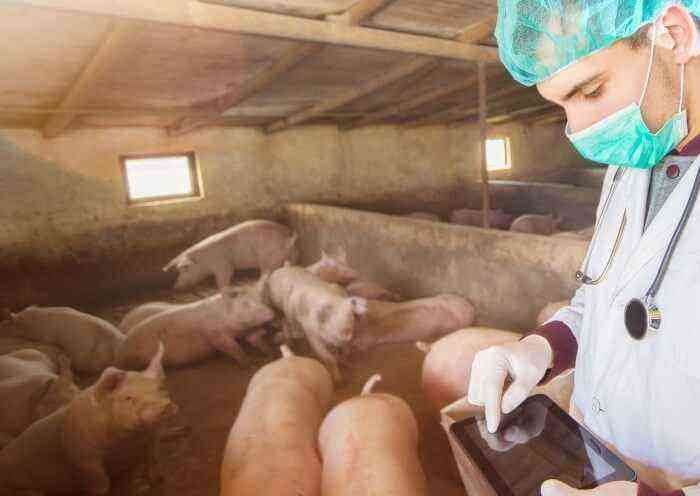
Veterinary examination
Signs of childbirth
When the mating has led to the desired result, the sow has become pregnant, the farmers are looking forward to the birth of the offspring. There are many signs by which it is easy to determine the approach of farrowing. Let’s consider them.
- The sow becomes restless, she rushes about.
- Approximately a day before farrowing, the animal begins to equip a place for piglets – to crush the litter and chew it.
- Her stomach drops.
- The nipples swell a little, become red.
- When squeezing the nipple, colostrum can be seen.
- The animal hardly eats, drinks little.
Reference. Vietnamese sows raised in the wild, sensing the approach of farrowing, try to be closer to people.
Preparing for childbirth
Having noticed at least one of the listed signs of the approach of farrowing in a Vietnamese pig, it is necessary to carefully prepare for the birth process. It is necessary to put things in order in the room where the animal is kept, clean the machine from sawdust and litter. Before farrowing, only hay is left and the water in the drinking bowl is changed to clean. It is important to take care of a separate corner for newborn pigs. A soft bedding is laid there, boxes are installed where the piglets will be placed. If it is possible to connect a red lamp above this place, it is worth doing it. It will warm the babies, because up to a week of age they need a temperature above 30 degrees Celsius.
What should a farmer have on hand during the farrowing of a Vietnamese sow:
- Scissors.
- Clean towels or diapers.
- Iodine.
- Warm water.
- Threads.
- Vata.
Attention! Experienced farmers recommend purchasing the hormonal drug Oxytocin in time in case the birth turns out to be difficult. Injections with this hormone are administered if labor is weak.
Before the start of labor, the sow is completely washed with soapy water, the stomach and nipples are especially carefully treated.
Childbirth process
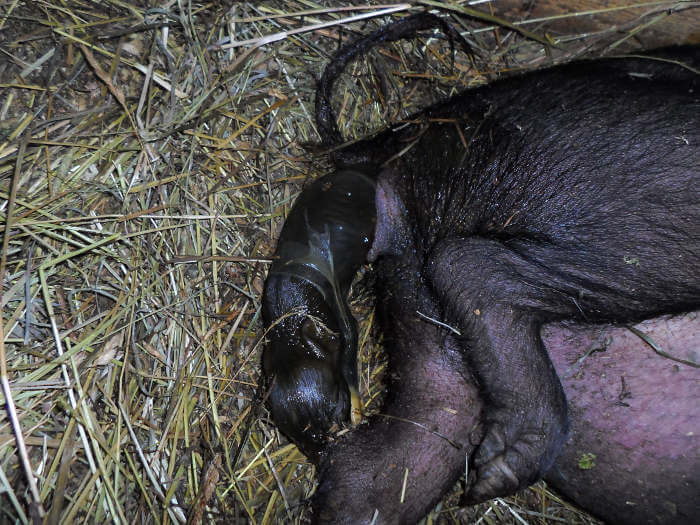
Sow birth
It is not difficult to determine that childbirth is starting – the female is breathing heavily, lying on her side. Contractions can have different duration – from 3 to 10 hours. The first farrowing lasts longer than all subsequent ones.. When attempts begin, piglets come out of the sow’s vagina one by one with a short interval of time.
Each newborn is born in a film that needs to be removed. Then the piglet is cleaned of the patch and mouth of accumulated mucus and amniotic fluid. The body is thoroughly wiped with a clean cloth. The umbilical cord is tied up and cut at a distance of about 2,5-3 centimeters from the piglet’s tummy. The cut site is immediately treated with iodine. This is how it is with all piglets.
Attention! Newborns need to receive a portion of colostrum from their mother within 20-50 minutes after birth.
Maternal colostrum contains antibodies and nutrients that will help little pigs survive. The farmer should try to have time to attach all the piglets to the udder, even if the sow continues to push.
Next, the offspring is placed in a pre-prepared box under the lamp. Toddlers get very cold because they do not have a fatty layer, like adults. They must be kept at a temperature not lower than 30 degrees.
How to attach piglets to the udder after farrowing?
Vietnamese piglets are too slow, it is difficult for them to find the mother’s nipple. The farmer must help the babies get a portion of colostrum. First you need to wipe the udder with a damp clean cloth and lightly massage it. Massage movements will contribute to the flow of milk into the glands. Each piglet is carefully brought to the udder and the nipple is directed into the mouth.
Placenta exit
When the afterbirth comes out, childbirth can be considered completed. It is very important to ensure that the placenta has separated and exited the birth canal of the sow. Sometimes pigs eat it, but this happens extremely rarely in the Vietnamese breed. The afterbirth must be removed immediately – taken out into the street and buried. This is done not only in order to comply with the rules of hygiene, but also so that the pig does not eat the placenta.

Pregnant Vietnamese pig
Complications
Farrowing in Vietnamese pigs is easy and fast, and there are rarely complications after it. However, the farmer should be careful not to lose sight of the alarming symptoms. What conditions can occur after childbirth:
- Vaginal rupture. If labor activity proceeded rapidly, injuries to the vulva are possible.
- Detention of the placenta. In pigs, the placenta should come out about 1-3 hours after farrowing. If this does not happen, the help of a veterinarian is required.
- Prolapse of the uterus. In the field of childbirth, the reproductive organ may fall out, in which case it must be disinfected and put back into place. It is best to contact the vet.
- Eating afterbirth. This rarely happens in female Vietnamese breeds, but there is still a risk. If the pig eats the afterbirth, there is a chance that she will destroy her piglets as well.
Care of the uterus after childbirth
The sow is very tired after farrowing. Her heart is working hard, she is thirsty. Immediately after the end of the birth process, it is necessary to give her a liter of water or a mixture of milk and water in the same volume. After 6 hours, you can allow the pig to drink plenty.
Attention! Make sure that there is clean water in the drinker. In its absence, the condition of the animal will worsen, milk production will decrease, the risk of cannibalism will increase – the pig can eat the offspring.
There is no need to rush with the first feeding – at least 8-10 hours after farrowing, you can offer the animal a third of the norm of liquid oatmeal or bran mash. Such food will help restore water balance and prevent constipation.
The feeding rate is increased gradually, because the abundance of food will provoke the active production of milk, and newborn piglets will not yet be able to suck out its entire volume. In this case, there is a high risk of developing stagnant processes in the udder. After about a week, the pig should receive the usual amount of food. Juicy feed is included in the diet on day 4 after farrowing, and roughage – on day 6-7. Starting from 2 weeks, increase the number of roots in the diet of the uterus, they stimulate the production of milk.
Newborn care
Piglets also need care and attention. Having received their portion of colostrum after farrowing, they almost constantly stay in their warm corner. In the first days of life, babies need to be taught to suck on a specific nipple. If this is not done, then subsequently large piglets will begin to win back the most milky nipples – the front ones, and weaker and smaller individuals will get those that are located behind. As a result, already large piglets will rapidly gain weight, and small ones will slow down growth and weight gain.
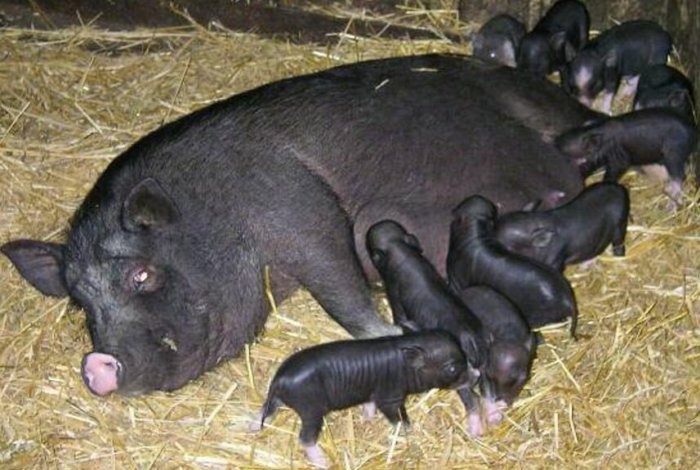
Feeding newborn piglets
The farmer needs to spend 3-4 days accustoming newborns to certain nipples. To do this, they put marks on their backs. In the first days after birth, the farmer independently attaches the piglets to the desired nipples. Small and weak individuals – to the dairy front, and large – to the back. The female’s udder should be kept clean and checked for signs of mastitis.
Reference. If there is not enough food for babies who feed on milk from the rear nipples, they are given an additional 1-2 nipples.
Piglet care includes:
- Room temperature control (the thermometer should not fall below 30 degrees during the first week of life of newborn pigs).
- Umbilical cord processing. This must be done daily, cauterizing it with iodine. If you find purulent discharge, you should contact your veterinarian.
- Inspection of newborns for signs of deterioration in well-being.
Reference. The farmer must take care that the female does not crush the piglets in the first days of their life, as they are inactive and are not yet able to run away from the mother on their own. To do this, set up special barriers.
Although the birth of Vietnamese pigs is almost always easy and not accompanied by complications, the presence of a farmer is still desirable. The female feels more calm if a person is nearby. His task is to accept the babies, clear them of mucus, cut and process the umbilical cord and attach to the nipple. The farmer must ensure that the sow and piglets are comfortable in the pen in order to increase the chances of survival of the offspring.
